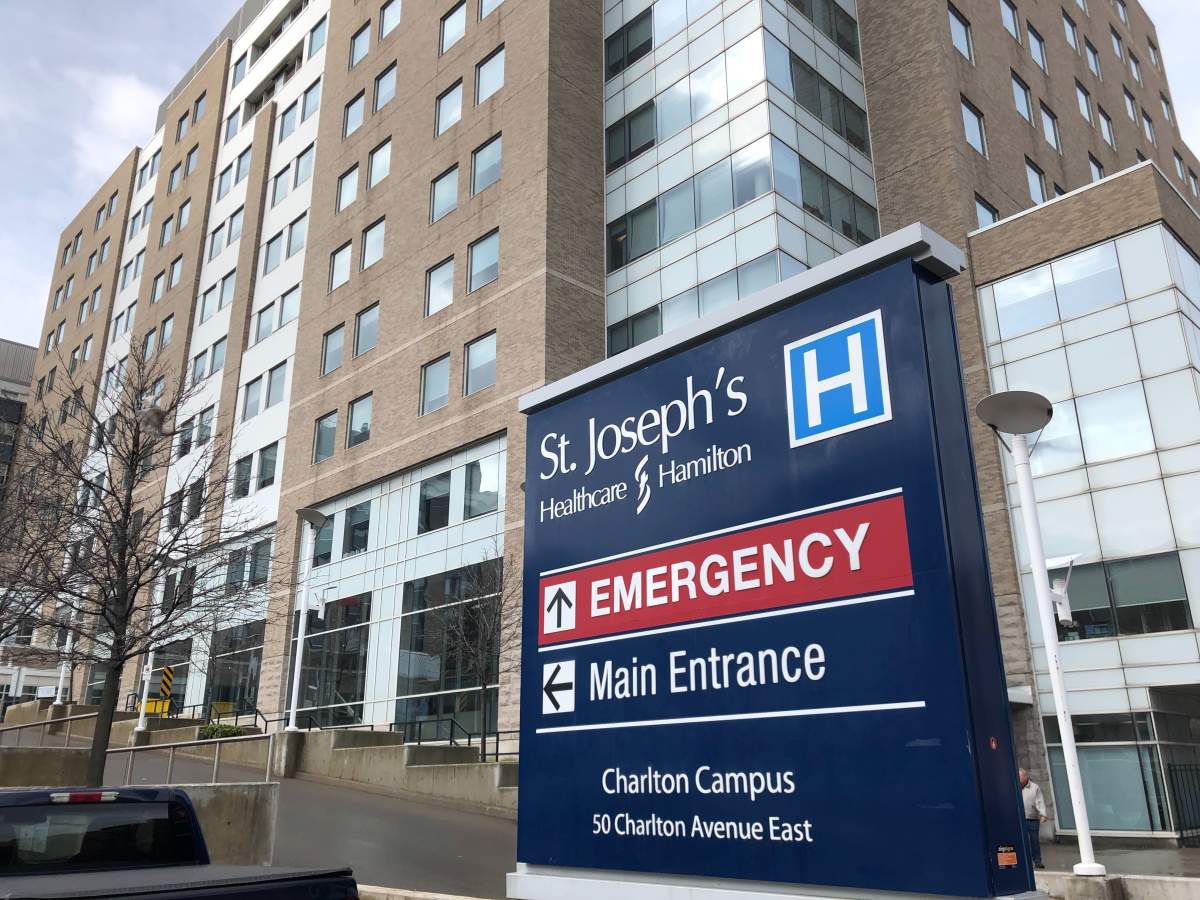St. Joseph’s Healthcare Hamilton, the first hospital in the province to shift from faxes to a paperless form of clinical data transfer between its staff and long-term care homes, reports the switch allows healthcare workers to spend more time caring for their patients.

The Hamilton hospital took part in Project AMPLIFI’s pilot project in 2020, becoming the leading institution to make the switch. The project is a larger province-wide initiative, which aims to streamline the transition for elderly patients between hospitals and long-term care homes.
Moving away from the traditional fax method of clinical data transfer, the technology helps shift information like a patient’s problem list, allergies and medications at the touch of a button.
“The early data is very exciting and showing that this is very effective,” said Andriana Lukich, director at St. Joseph’s Healthcare Hamilton.
“We have had over 75 per cent of clinicians really confirm that they have high satisfaction with the ease of access to their patients’ clinical health information and we are seeing that it is in fact saving time and allowing them to spend more time at the bedside supporting their patients.”
Lukich said the shift to paperless data exchange improves clinicians’ workflow as the information follows patients within the system without a physical paper trail.

Get weekly health news
While many Ontario healthcare institutions use various softwares to store patient data, the management technology used by AMPLIFI works by matching patient records between softwares.
It’s a stark shift from the previous system that cost Ontario clinicians and patients time and privacy, a problem St. Joseph’s is familiar with.
Back in January, The Office of the Information and Privacy Commissioner of Ontario completed a review of hundreds of privacy breaches at St. Joseph’s in 2020, the majority of which occurred due to misdirected faxes.
In response, the hospital said the majority of the misdirected faxes involved a health record being sent to the wrong healthcare provider because they were not given up-to-date information.
Earlier this year, Premier Doug Ford’s government promised to “axe the fax,” phasing out faxes in health care over a five-year timeline.
In a document entitled Your Health – A Plan for Connected and Convenient Care, the Ontario government said it’s “replacing antiquated fax machines with digital communication alternatives at all Ontario health-care providers within the next five years.”
Currently, the initiative, funded by the Ministry of Health and Ontario Health, has helped complete over 18,000 patient transfers between Ontario hospitals and long-term care homes in the interim assessment period of the program.
According to St. Joseph’s, the project will eventually support upward of 35,000 transfers across eligible institutions.
The hospital also reported 44 out of 73 eligible Ontario hospitals have been brought into the program and upgraded from the fax-less technology, while 40 per cent of eligible long-term care homes in the province have also gone live with Project AMPLIFI.
Long-term care home St. Joseph’s Villa in Hamilton joined the pilot program at its start in September 2020 and reported a successful transition.
“Paperwork for transitions previously could be up to four or five pages of handwritten transfer paperwork completed. Then, you were photocopying documents to go with that,” said St. Joseph’s Villa COO Mieke Ewen.
“What we found is that even though we were getting a part of a picture, we weren’t necessarily getting all the information we needed.”
She said the project has helped eliminate certain risks with paper-based data and the back-and-forth of faxing between the hospital and the long-term care home.
“Now what we’re seeing is really that information is at our fingertips,” Ewen said, adding that the benefit isn’t just for clinicians but for patients too who won’t have to wait for their data to be manually transferred.









Comments